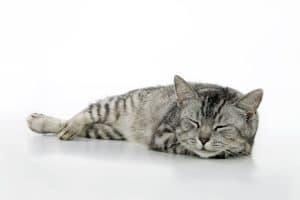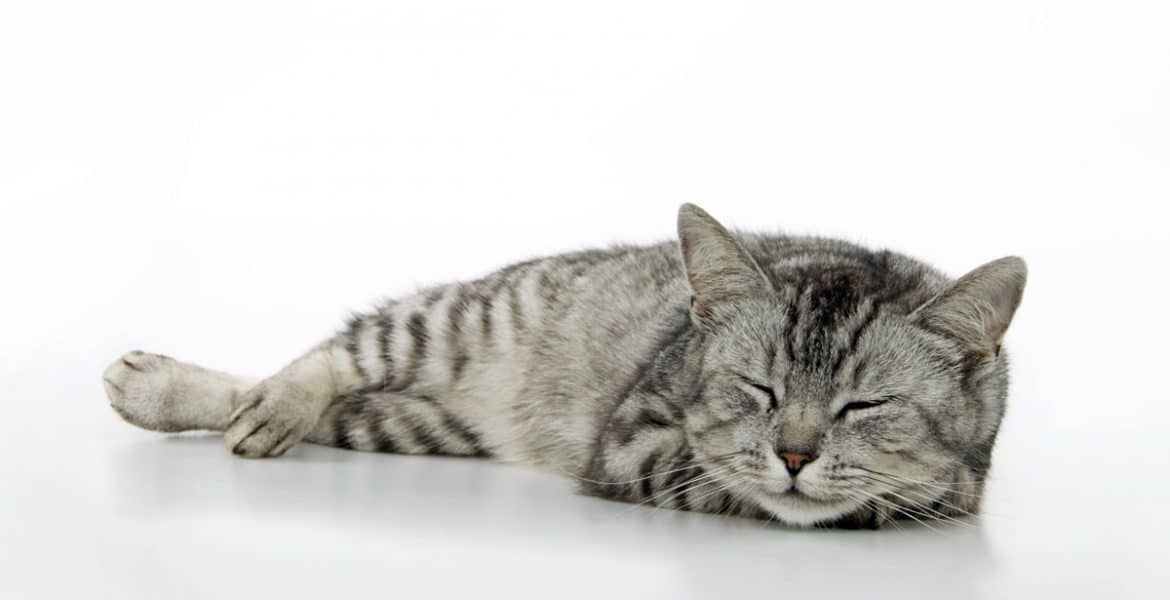Is there a sound in nature that’s as soothing as a purring cat? Scientists have been trying for centuries to figure out how and why cats purr, and despite all of today’s advanced machines and technology, they still don’t know for sure. There are a few theories, though, and a number of interesting facts about cats and their purring.

How Cats Purr
The biggest mystery about the cat’s purr is the how — as in, how does a cat make that low, rumbling, contented sound in the back of its throat? There are no firm answers even though scientists have been trying to figure it out almost as long as there have been domesticated cats. The best, most likely theory is that cats produce a purr by vibrating the muscles in the larynx and the diaphragm. Scientists believe that nerves in the voice box cause the larynx to vibrate the vocal cords and the diaphragm pushes air in and out of the vocal cords, creating the low hum that is characteristic of cat purring. The most notable aspect of purring in cats is that the sound is produced on both the inhale and the exhale.
Which Cats Purr?
Scientists used to believe that only domesticated cats are capable of purring, but they’ve since found that many of the big cats also make sounds similar to purring. Wild cats that purr include the bobcat, Eurasian lynx, cheetah and puma. While lions, tigers, leopards and jaguars make a purr-like sound, it’s not a “true” purr because it doesn’t happen during both inhaling and exhaling. In general, big cats that roar cannot purr and big cats that purr cannot roar.
Why Do Cats Purr?
That’s the big question. People generally accept that cats purr when they’re happy and content, but that’s not always the case. In fact, many cats purr when they’re in pain or frightened, and most cats purr when giving birth. So what does purring actually mean?
Kittens learn to purr by the time they’re two days old and usually purr while nursing. Mother cats will respond by purring back. Animal behaviorists believe that the kittens are looking for reassurance and the mother cats’ answering purr is a simple, “Shhh, I’m here.”

As cats get older they purr a lot less, excluding teacup cats, who purr more frequently compared to domestic cats. Their reasons for purring change. The soft hum is often a sign of contentment, but it may also signal a need for reassurance or send a message to possible threats — “Hey, I’m harmless! See? I’m making happy, purring sounds.” Cats may also purr as a way of asking to be fed or petted. They may also purr as a way to comfort and reassure themselves when they’re frightened.
Interestingly, scientists have found that the frequency of a cat’s purr is at a level that encourages healing and bone growth, which leads some to believe that purring may have a more practical use — helping keep their skeletons strong and improve bone density.
What If Your Cat Doesn’t Purr?
Some cats purr loudly and some purr so quietly you can’t hear them unless you put your head to their throats. Some purr often and others, not so much. If your cat has suddenly stopped purring, treat it as you would any behavioral change. Talk to your vet and make sure that everything is all right. Other than that, though, simply accept that every cat has his or her own personality and his little “motor” is a part of what makes him unique.


